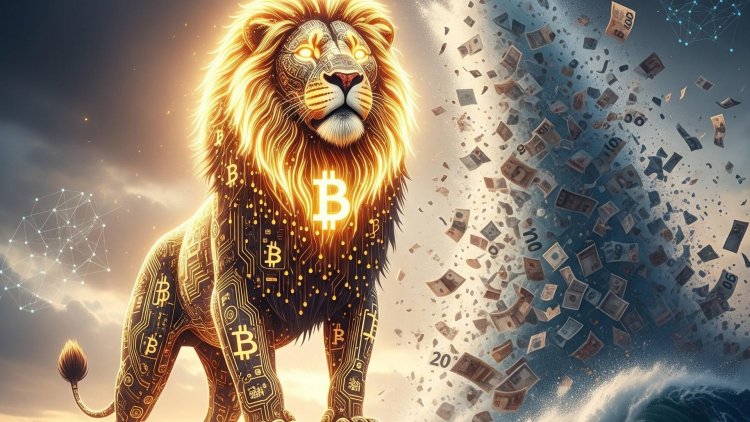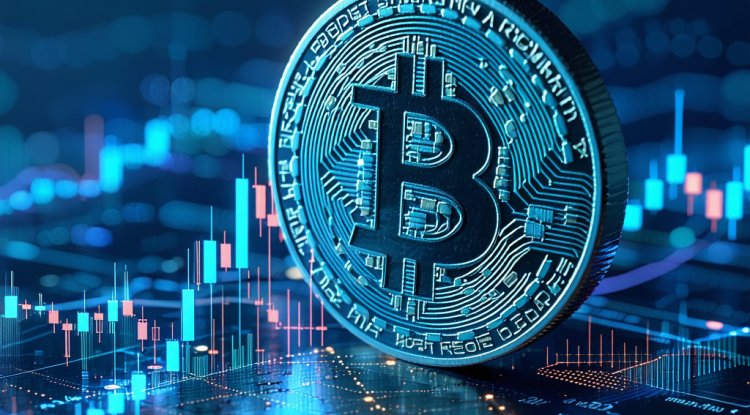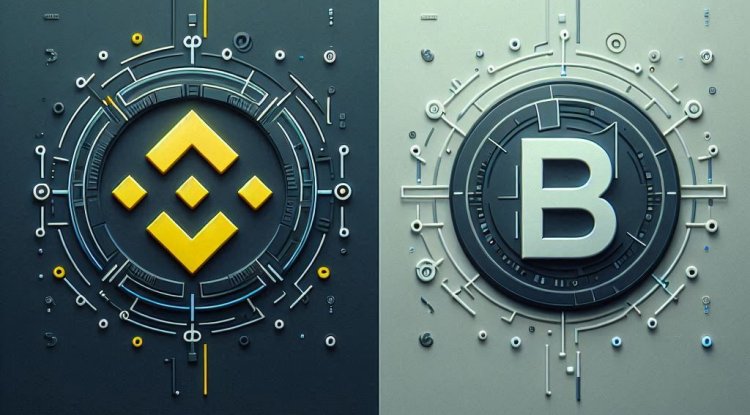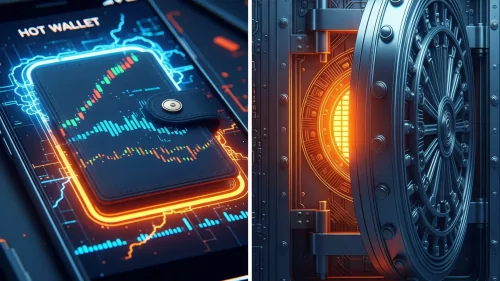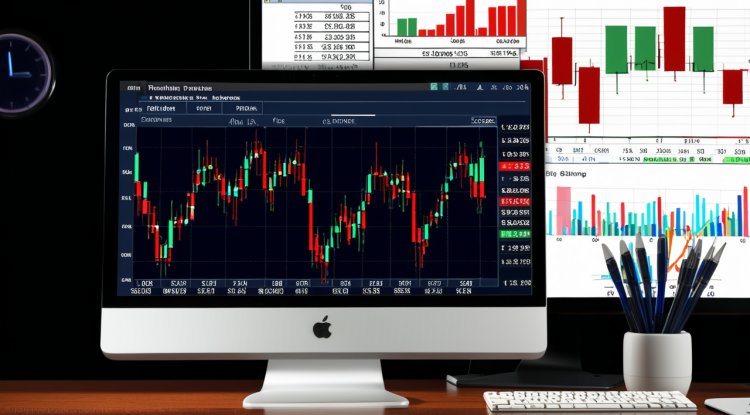How the Fed's Decisions Impact Bitcoin's Price: A Trader's Guide
Learn how the Fed's interest rates, QE, and QT directly influence Bitcoin's price. A no-fluff guide to decoding the signals that move the crypto market.

How the Fed's Decisions Impact Bitcoin's Price: A No-BS Guide to Decoding the Signals
Let’s be honest. Every time Jerome Powell steps up to the microphone, the entire crypto market holds its breath. A single word, a slight change in tone, can send Bitcoin on a rollercoaster that makes a theme park look tame.
But wait a minute. Isn't Bitcoin supposed to be the antidote to all this? The decentralized hero that stands apart from the whims of central bankers and their manipulated fiat currencies?
Well, yes. And no.
The long-term vision for Bitcoin is one of a non-sovereign store of value, completely detached from the traditional finance (TradFi) system. But today, in 2025, that’s not our reality. Right now, Bitcoin is still playing in the sandbox of the global financial markets, and the Federal Reserve is the giant kid who decides when to kick over the sandcastle.
If you’re serious about crypto, ignoring the Fed is like trying to sail across the ocean without checking the weather. You might get lucky, but you’re more likely to get wrecked. So, let's break down exactly how the Fed pulls the strings, in plain English.
The Big Picture: Why the Fed Is the Market's Puppet Master
Think of the Fed's control over the money supply as the gravity of the financial universe.
When the Fed wants to stimulate the economy, it makes money "lighter" and easier to get. It floods the system with cash, and that cash has to go somewhere. When it wants to cool things down, it makes money "heavier," sucking it out of the system.
Bitcoin, for all its revolutionary tech, is currently treated by most big-money investors as a risk-on asset. This is a crucial term. It means they lump it in the same bucket as high-growth tech stocks—things you buy when you’re feeling bold and the economy is flush with cash. When the mood turns sour and investors get scared, they sell their "risky" assets first and run for safety.
The Fed, more than any other entity, sets that mood.
The Three Levers the Fed Pulls (And How They Affect Your Portfolio)
You don't need a PhD in economics to get this. The Fed really only has three main tools in its bag of tricks.
1. Interest Rates: The On/Off Switch for Risk
This is the big one. The Federal Funds Rate is essentially the baseline cost of borrowing money in the entire economy.
-
When Rates Go UP (Hawkish): The Fed is trying to fight inflation. Borrowing becomes more expensive. Suddenly, boring, "safe" investments like government bonds start looking sexy. Why gamble on crypto when you can get a guaranteed 5-6% return from Uncle Sam? This is a risk-off environment. Money flows out of assets like Bitcoin and into safer havens. The financial gravity gets stronger, pulling everything down.
-
When Rates Go DOWN (Dovish): The Fed is trying to kickstart the economy. Money becomes cheap. Those "safe" investments now pay next to nothing. To get any decent return, investors are forced to move further out on the risk curve. They start to ape in to stocks and crypto, looking for growth. This is a risk-on environment, and it’s the kind of fuel that powers bull markets.
2. Quantitative Easing (QE) & Tightening (QT): The Money Printer Saga
This sounds complicated, but the analogy is simple. Think of the economy as a giant swimming pool.
-
Quantitative Easing (QE): This is the infamous "money printer go brrr" meme in action. The Fed buys assets (like bonds) from banks, pumping newly created cash—liquidity—into the system. They are filling the pool. All this extra cash sloshing around finds its way into the market, bidding up the price of assets, including Bitcoin. This was the story of 2020-2021.
-
Quantitative Tightening (QT): This is the hangover after the QE party. The Fed does the opposite—it sells assets or lets its old bonds expire, effectively draining the pool. With less money in the system, there's less "dry powder" to buy assets. Everything gets squeezed, and prices tend to fall.
3. Forward Guidance: The Art of the Threat
The market is always trying to guess the future. So, it's not just what the Fed does that matters, but what it says it's going to do.
Jerome Powell’s press conferences are a masterclass in this. The market hangs on every word, looking for clues.
-
A hawkish tone suggests rate hikes and QT are coming. Markets tend to sell off in anticipation.
-
A dovish tone suggests rate cuts and potential QE are on the horizon. Markets rally on the hope of cheaper money.
This is why you see massive volatility around the Fed’s FOMC (Federal Open Market Committee) meetings. Traders are placing bets not on the current reality, but on the future path of monetary policy.
How to Decode the Signals Like a Pro
You don't have to be a Wall Street analyst to stay ahead. Just keep an eye on a few key indicators:
-
CPI (Consumer Price Index) Reports: This is the main inflation gauge. High CPI = a nervous Fed, likely to stay hawkish. Low CPI = a happy Fed, giving them room to become dovish. This report is often the catalyst for a change in Fed policy.
-
Jobs Reports: A super strong job market means the economy can handle high interest rates, so the Fed has no reason to cut them. A weakening job market is a red flag that might force the Fed to pivot and lower rates to avoid a recession. -
FOMC Meeting Minutes: This is the transcript of the Fed's meetings. It gives you a peek behind the curtain, showing you what the policymakers are really worried about and debating.
The Million-Bitcoin Question: Can It Ever Break Free?
So, are we doomed to be forever tethered to the whims of a handful of economists in a boardroom?
Maybe not. The long-term thesis for Bitcoin remains unchanged. It is a finite, decentralized asset in a world of infinite, centralized currency printing. Every act of QE, every dollar printed to bail out a bank, only strengthens Bitcoin's fundamental value proposition.
The path to decoupling involves deeper adoption and maturation. As Bitcoin becomes more integrated into the global economy as a true store of value and a medium of exchange—not just a speculative asset—it will begin to march to the beat of its own drum. When a nation-state's treasury or a major pension fund is buying Bitcoin not to speculate, but to preserve wealth for 30 years, its price will become less sensitive to next month's interest rate decision.
For now, however, the rule is simple: Don't fight the Fed. Understand their game, decode their signals, and you'll be infinitely better prepared to navigate the chaotic but thrilling world of crypto. The tide is controlled by the Fed, but by learning to read the currents, you can still chart your own course.
Share
What's Your Reaction?
 Like
0
Like
0
 Dislike
0
Dislike
0
 Love
0
Love
0
 Funny
0
Funny
0
 Angry
0
Angry
0
 Sad
0
Sad
0
 Wow
0
Wow
0
